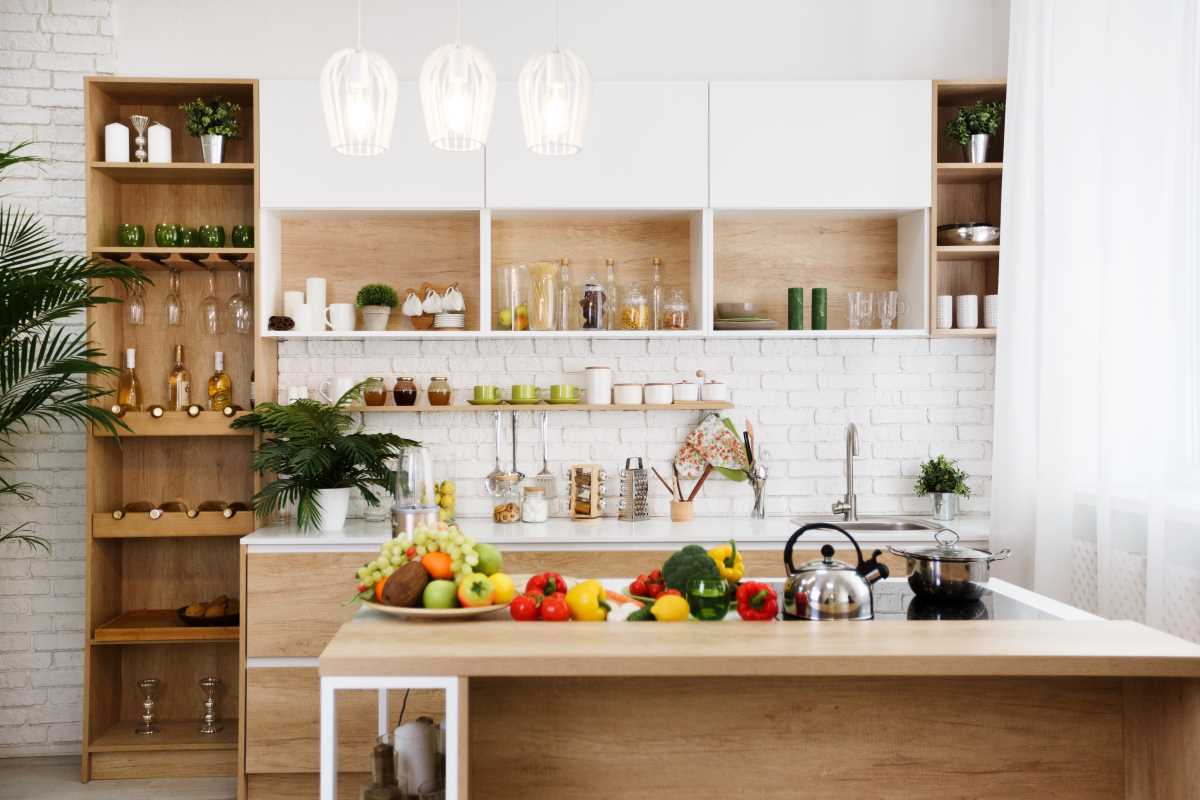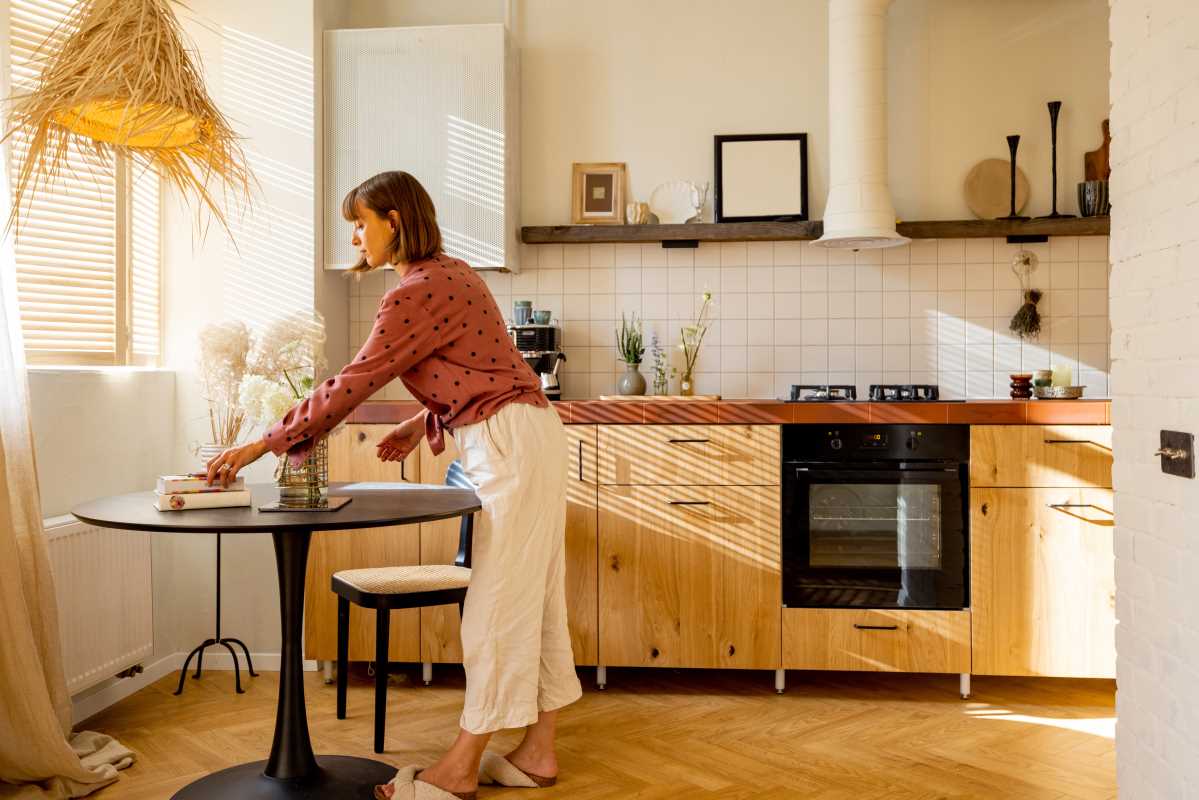Refreshing your kitchen brings daily satisfaction and helps you cut down on utility expenses. With a few practical changes and thoughtful improvements, you can shape a space that supports your lifestyle and saves energy at the same time. This guide walks you through five straightforward steps, starting with evaluating your current setup and ending with the use of smart home devices. Each suggestion is easy to follow and can make a noticeable difference in how your kitchen looks, feels, and functions. Discover helpful advice you can start implementing as soon as this weekend.
Step 1: Evaluate Your Current Kitchen Setup
Before making changes, look closely at how your kitchen functions. A brief inspection helps you identify leaks, gaps, or outdated fixtures that waste heat and electricity. Gathering these details gives you a solid starting point for every upgrade.
Walk through this quick checklist so you know exactly where to focus:
- Check for drafts around windows, doors, and vents.
- Inspect old lighting for flickering bulbs or yellowed fixtures.
- Examine seals on the refrigerator and freezer doors.
- Note appliance ages and energy ratings.
These observations guide your next moves. When you know what’s slipping through the cracks, you can seal, swap, or tweak with confidence.
Step 2: Choose Energy-Efficient Appliances
Replacing old machines with newer models significantly reduces power use. Look for labels that highlight efficiency and reliable performance. Spending time on research now pays off in lower utility bills for years.
Consider these key appliance types and features:
- Refrigerator: Pick one with Energy Star certification and adjustable temperature settings.
- Dishwasher: Select models with soil sensors that automatically adjust water use.
- Oven and stove: Choose induction cooktops that heat faster and waste less energy.
- Range hood: Find efficient blowers that clear steam without overworking.
Installing these replacements keeps your kitchen running smoothly and helps the planet, too.
Step 3: Improve Insulation and Lighting
A well-insulated kitchen retains heat during winter and blocks excess sun in summer. Adding simple layers reduces strain on your heating and cooling systems and keeps you comfortable while working at the counter.
Try these upgrades:
- Seal gaps with weatherstripping around doors and windows.
- Add draft stoppers under exterior doors.
- Install thermal window film to reduce heat transfer.
Next, update your lighting for bright, energy-saving options. Switch incandescent bulbs for LEDs in overhead fixtures and under-cabinet strips. LEDs last longer and glow instantly without flicker.
Follow this sequence:
- Remove old bulbs and clean fixtures.
- Install LED bulbs rated at 2700–3000K for a warm feel.
- Add motion sensors near the pantry or sink so lights only turn on when needed.
Step 4: Adjust Daily Habits to Save Energy
The way you cook, store, and clean affects your kitchen’s energy bill. Small routine changes add up over time. By focusing on one habit at a time, you make lasting improvements without feeling overwhelmed.
Start with these adjustments:
- Batch-cook meals and reuse leftovers to avoid reheating multiple times.
- Cover pots and pans to trap heat and shorten cooking time.
- Run full loads in the dishwasher and choose eco or quick cycles when possible.
- Unplug small appliances like toasters and coffee makers when not in use.
You’ll notice fewer energy spikes and a lower bill each month when these habits become second nature.
Step 5: Use Smart Technology
Smart devices provide real-time feedback and automate tasks that once required manual adjustment. They help you fine-tune energy use while maintaining control over daily routines. Connecting them boosts your kitchen’s overall efficiency.
Here’s how to begin:
- Set up smart plugs for countertop gadgets. You can schedule coffee makers or slow cookers to run only when needed.
- Upgrade to a smart thermostat for areas near the kitchen to keep the temperature just right.
- Control lighting remotely through apps to dim or switch off bulbs.
Connect appliances and lighting to a central app so you can monitor real-time power use and change settings instantly. This hands-on approach keeps you in control and alerts you to unusual power consumption.
Sealing a window or replacing a bulb improves your home's efficiency. Taking these steps makes your kitchen more comfortable and saves money.
 (Image via
(Image via





